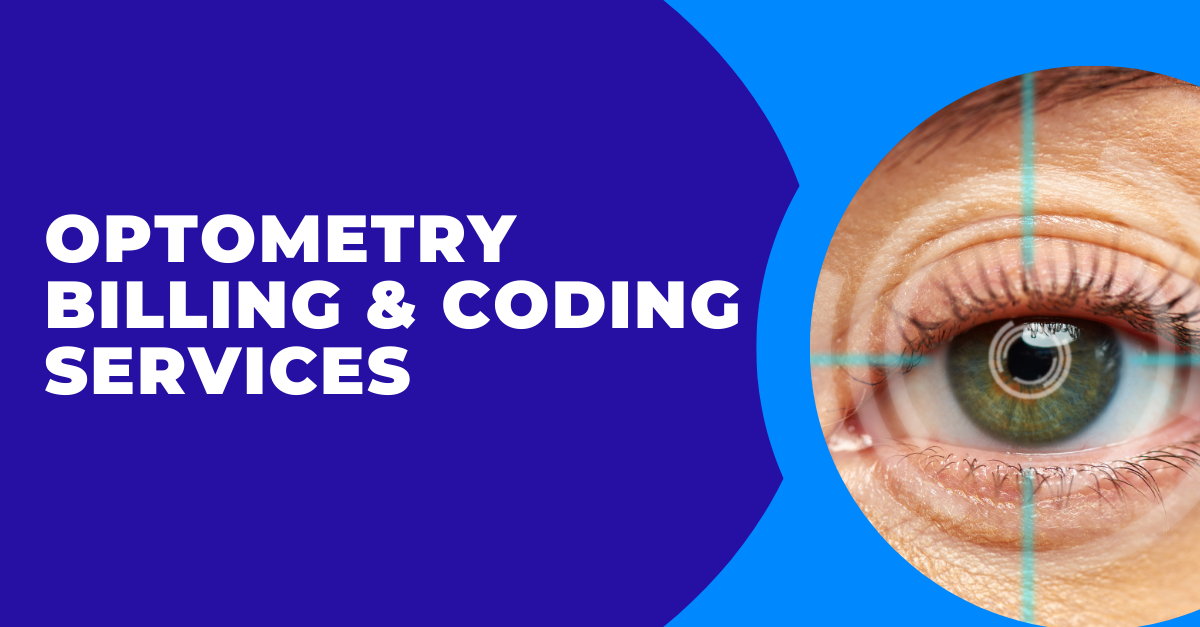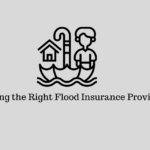Optometry practices play a crucial role in providing comprehensive eye care to patients. However, when it comes to coding and billing, there are several common errors that can lead to claim denials, delayed reimbursement, and compliance issues. In this article, we will explore the top 10 coding and billing errors specific to optometry practices. Understanding these errors will help optometrists and their billing staff improve accuracy, streamline revenue cycles, and ensure optimal reimbursement.
1. Incorrect Diagnosis Coding
Accurate diagnosis coding is essential for proper reimbursement. One common error is assigning diagnosis codes that do not align with the documented patient conditions or fail to support medical necessity. Optometrists should thoroughly review patients’ medical records, document the diagnosis appropriately, and assign the corresponding diagnosis codes that reflect the conditions treated during the encounter.
2. Improper Use of Modifiers
Modifiers are used to provide additional information about a procedure or service performed. However, misusing or omitting modifiers can lead to claim denials or incorrect payment. Optometrists should understand the appropriate use of modifiers, such as those related to bilateral procedures, multiple procedures, or unusual circumstances, and apply them accurately to ensure proper reimbursement.
3. Incomplete or Inaccurate Documentation
Incomplete or inaccurate documentation can result in claim denials and delayed payments. Optometrists should ensure comprehensive and detailed documentation of the services provided, including the patient’s medical history, examination findings, treatment plans, and any necessary follow-up care. Complete documentation supports medical necessity, justifies the billed services, and helps in accurate coding and billing.
4. Lack of Medical Necessity
Medical necessity is a crucial factor in determining reimbursement. Optometrists must ensure that the services provided are medically necessary and supported by appropriate documentation. Performing unnecessary tests or procedures without adequate justification can lead to claim denials or potential audits. Clear documentation of the medical necessity for each service is vital for accurate coding and billing.
5. Failure to Verify Insurance Coverage
Before providing services, optometrists should verify patients’ insurance coverage to avoid claim denials. Failure to verify coverage can result in services being provided to patients who are not eligible or covered by their insurance plans. Verifying insurance coverage upfront helps in determining the patient’s financial responsibility, ensuring accurate billing, and reducing claim rejections.
6. Upcoding or Downcoding
Upcoding refers to billing for a higher level of service than what was actually provided, while downcoding refers to billing for a lower level of service. Both practices can lead to compliance issues and potential audits. Optometrists should accurately document and code the services provided, ensuring they align with the complexity and intensity of the encounter. Proper training and knowledge of coding guidelines can help avoid upcoding or downcoding errors.
7. Unbundling of Services
Unbundling occurs when separate components of a service are billed individually instead of as a comprehensive service. Optometrists should be aware of bundled services and ensure they are coded and billed correctly. Understanding the bundling and unbundling rules helps in accurate coding and prevents claim denials related to unbundled services.
8. Failure to Document Time-Based Services
Some optometry services are time-based, meaning the duration of the service is a determining factor for coding and billing. Failure to document the time spent on these services can result in inaccurate coding and underreporting of the services provided. Optometrists should ensure proper documentation of the time spent on time-based services to support accurate coding and billing.
9. Inadequate Staff Training
Inadequate training of coding and billing staff can contribute to errors in coding and billing processes. Optometry practices should invest in ongoing training and education for their coding and billing personnel. Regular updates on coding guidelines, documentation requirements, and industry changes help ensure staff competence and accuracy in coding and billing practices.
10. Lack of Regular Audits and Compliance Checks
Regular audits and compliance checks are essential to identify and rectify coding and billing errors. Optometry practices should implement internal auditing processes to review coding accuracy, documentation completeness, and overall compliance with regulatory guidelines. By conducting regular audits, practices can proactively identify and address potential errors, improving coding accuracy and reducing the risk of compliance issues.
Conclusion
Avoiding common coding and billing errors is crucial for optometry practices to optimize reimbursement, maintain compliance, and streamline revenue cycles. By addressing issues such as incorrect diagnosis coding, improper use of modifiers, incomplete or inaccurate documentation, and other errors discussed in this article, optometrists and their billing staff can enhance accuracy and efficiency in coding and billing processes. Regular staff training, proper documentation, and adherence to coding guidelines and regulatory requirements are vital for successful coding and billing practices in optometry.











tenormin
vermox 500mg